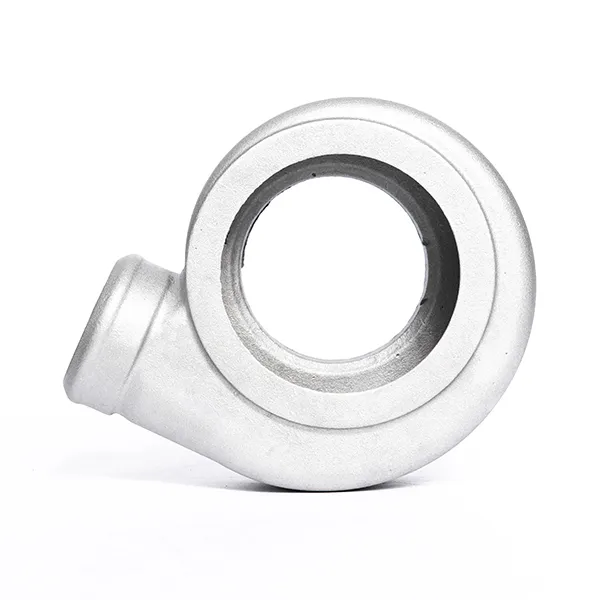Mobile:+86-311-808-126-83
Email:info@ydcastings.com
Impeller vs. Propeller
Understanding Impellers and Propellers Key Components in Fluid Mechanics
In the realms of fluid dynamics and engineering, impellers and propellers play vital roles in the movement and manipulation of fluids. Though they share similarities in function, they differ significantly in design, application, and operational principles. Understanding these differences is essential for engineers and professionals in various industries, including marine, aerospace, and industrial machinery.
Understanding Impellers and Propellers Key Components in Fluid Mechanics
The design of an impeller is crucial to its performance. Different geometries can be optimized for specific tasks. For instance, closed impellers are designed with blades that are enclosed between two shrouds, providing high efficiency and improving the pressure capabilities of the pump. Conversely, open impellers have no shroud, allowing for handling of liquids with larger particles, but at the cost of efficiency.
impeller and propeller

Propellers, on the other hand, are primarily used to propel vehicles through fluids, such as boats through water and aircraft through air. They consist of two or more blades that rotate around a central hub. Unlike impellers, which often work with liquid mediums within a closed system, propellers operate by generating thrust from the fluid being displaced. The angle of attack and pitch of the propeller blades are critical design aspects that affect the efficiency and speed of the vessel.
In aviation, propellers can be seen on small aircraft, where they provide thrust necessary for takeoff and sustained flight. In marine applications, ship propellers operate under similar principles but are designed to withstand different water conditions and pressures. Enhancements in materials and aerodynamics have led to the development of more efficient propellers, resulting in better fuel economy and performance.
In conclusion, while impellers and propellers both serve to move fluids, their distinct designs and applications make them unique components in the fields of engineering and mechanics. Understanding their specific characteristics and functionality can lead to more efficient designs and innovations in fluid dynamics, ultimately benefiting various industries reliant on these technologies.
-
Why Should You Invest in Superior Pump Castings for Your Equipment?NewsJun.09,2025
-
Unlock Performance Potential with Stainless Impellers and Aluminum End CapsNewsJun.09,2025
-
Revolutionize Your Machinery with Superior Cast Iron and Aluminum ComponentsNewsJun.09,2025
-
Revolutionize Fluid Dynamics with Premium Pump ComponentsNewsJun.09,2025
-
Optimizing Industrial Systems with Essential Valve ComponentsNewsJun.09,2025
-
Elevate Grid Efficiency with High-Precision Power CastingsNewsJun.09,2025











